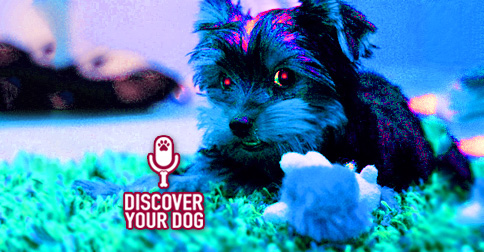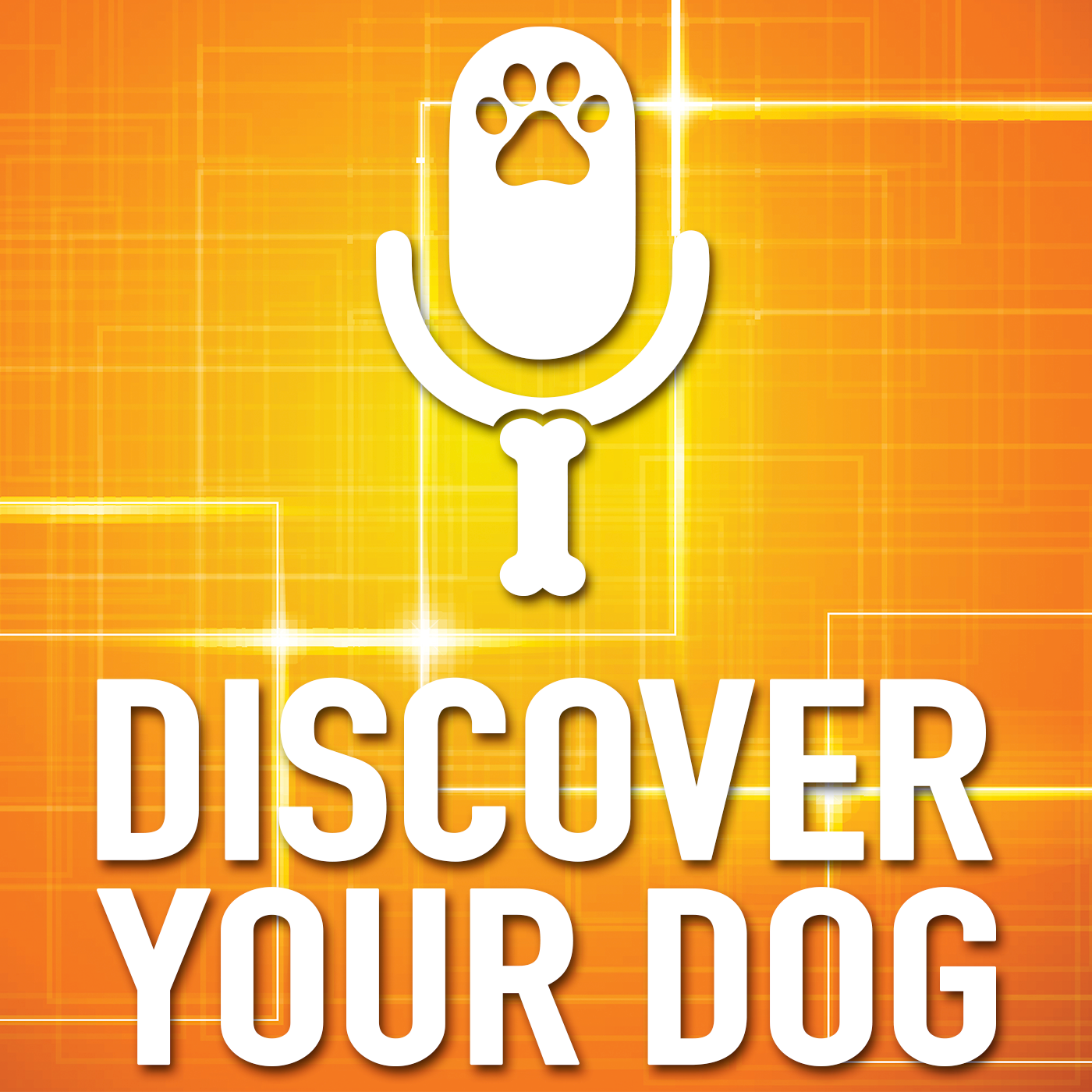 Aggression in dogs can manifest in many different ways.
Aggression in dogs can manifest in many different ways.
Today, discover some ways to adapt to your dog’s possessive aggression.

Show Highlights
- Aggression in dogs can be broken down into many parts:
- Dominant
- Fear
- Reactive
- Fear aggression is the most common type of aggression in dogs (true dominant aggression is very rare)
- Possessive aggression is a way for a dog to assert control over her pack. This behavior can be self-reinforced because if she continues to be able to possess, she will continue to think she can be higher and higher in the hierarchy.
- Dogs that have been improperly socialized from a puppy could show signs of possessiveness as they get older.
- For some dogs, it is inherent to be protective and possessive of their food or objects.
- There is a difference between possessive aggression and protective/territorial aggression:
- Protective/territorial aggression may look something like your dog allowing people to come into your home without any signs of aggression, while at the same time, getting aggressive about a toy in her possession.
- This is NOT a behavior you can put a band-aid on. You will need to get professional training or a behaviorist to help you with this.
- Some ways people attempt to put “band-aids” on the behavior:
- Muzzles – some believe that if you muzzle an aggressive dog, the behavior will stop because she will not have the opportunity to possess the item.
- Medication – Bennie believes that this is the most common way people handle possessive aggression, which is yet another band-aid. When your dog is not medicated, she will still have the behavior issue.
- Separating your dog from her item – Bennie believes that by just separating your dog from the item she is possessive about, it is “avoidance training.” All you are doing is avoiding the “thing” that creates the behavior instead of working on the behavior.
- Euthanasia – To many people, this is still the answer when dealing with an aggressive dog. If the behavior has been going on for a long period of time, then it may indeed be the answer. If this behavior is worked on early on the dog’s life, this issue can be corrected.
Homework
The Four R’s to Overcome Your Dog’s Possessive Behavior:
- Recognize the aggression for what it is.
- Is she protective of food or especially of things she has found and wants to keep?
- Reduce exposure to the possessive items.
- Keep things that can be a trigger out of your dog’s environment. If it is food, leave a leash on your dog while she is eating.
- Raise your dog’s self-confidence.
- Training your dog raises her confidence, which reduces her need to feel possessive.
- Even if it is just basic training.
- The best long-term thing to do is to hire a behaviorist to work on why your dog is possessive, and to teach you how you should be responding appropriately.
- Refine the relationship with your dog.
- If your dog trusts you, she will not feel the need to be as possessive. She will also understand the rules and trust that your job is to care for her so her need to be possessive is not necessary.
Take Our Survey
Give us your input on training programs from FamilyDogFusion.
Click to Take Our Survey
Call to Action
Go to FamilyDogFusion.com/insurance to check out Healthy Paws Pet Insurance
Get In Touch
Check out our show page in iTunes to leave comments and subscribe or send us a message.
Leave a Reply